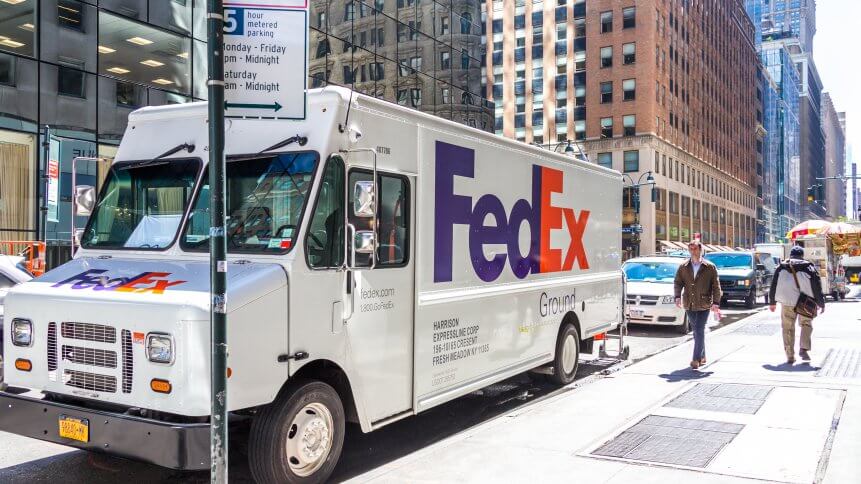Delighting customers with data-driven insights

The customer experience has now become more important than the product or service. But many businesses are guilty of over-complicating life in a digital age. They often stand accused of investing in the wrong areas because it was a good idea in a meeting room of like-minded individuals on a rainy Friday afternoon.
Implementing the latest tech because that’s what everyone else is doing is the wrong approach. Understanding people, their problems, and expectations should always come before choosing your next shiny tech solution. But telling that to the HiPPO (highest paid person’s opinion) in the room can be challenging.
Focus on customer problems, not you or technology
If the voices in your meeting room are not as diverse as your audience, how can you meaningfully serve them? Listening to what your customers are saying will enable you to make data-driven decisions and deliver the value differentiation they are expecting from you. In a nutshell, it’s about them, not the corporate egos in your meetings.
FedEx is an excellent example of a traditional company leveraging technology to delight its customers in the digital era. However, the thought process at the company is not about the tech but harnessing it to innovate and solve their customer’s problems while also reducing complexity and cost. But there is no such thing as a one size fits all approach.
Rather than spending my time navigating cumbersome phone menus and lengthy waits on hold to renegotiate my contract with Sky TV, I chose the tech route. After spending 25 hours across a fragmented digital experience, I learned that a mixture of chatbots and online virtual assistants are not always the answer.
The ROI of delighting your customers with data-driven decisions
Customer-centric innovations should always be about the customer rather than the brand for obvious reasons. Back in 2017, these are the foundations that Australia-based airline Qantas built its digital innovation strategy. A year into its digital transformation, Nandor Locher, Head of Digital advised, “First and foremost, it’s certainly around the transformation of the digital experience, which is around the customer.”
Fast forward to 2020, and Qantus is reaping the rewards with an incredible US$125 million in transformation benefits. However, if you look under the hood, much of the airline’s success can be attributed to taking a deep dive into their own data and analytics to empower the company to make data-driven decisions.
Marginal gains around fuel efficiency and the resolution of customer passenger disruption cases made a big difference collectively. It was also combining how they transformed their work processes along with how they collaborate and engage with both their customer’s other areas of the organization that provided the game-changer moment. All of which were data-driven decisions.
YOU MIGHT LIKE

How Revolut’s Sherlock AI saves its customers from fraud
Reduce friction
Digital consumers are notoriously difficult to please. Meeting their expectations will be met with a shrug of the shoulders as they only tend to remember the businesses that stand out by exceeding them. But they will also remember a company for all the wrong reasons if it adds unnecessary friction to the customer experience.
If you are serious about increasing customer loyalty, you don’t need a shiny new tech platform or loyalty package. You need to improve your customer effort score. Research firm Gartner advises that effort is now the strongest driver to customer loyalty.
Friction is something that we have all encountered. Whether it’s being transferred from person to person and being forced to describe the problem each time or talking to an agent who is unable to drift from a rigid script. But it’s no longer being tolerated by customers. In a world where Netflix allows us to pick up where we left off on any device and location, consumers struggle to accept problems when going from web to phone.
In a digital world where time is the new currency, there is an increasing impatience towards brands clinging on to the old way of doing things. Repeat calls, transfers, channel switching, are all-time stealing high-effort pain points that need to be eradicated once and for all if you are serious about delighting your customers.
In a consumer survey, it was revealed that only 10 percent of brands in the UK excelling at customer experience. Something clearly needs to change. Ironically, all of these underperforming brands will have vast quantities of data that would enable them to genuinely understand what makes their customers happy.
The success of the transformation strategy at Qantas highlights how data-driven insights can transform the fortunes of a business. But it also enables them to create something that is truly differentiated and provides the elusive ROI that brands have been searching for. If only the same could be said of the HiPPO in the room.








